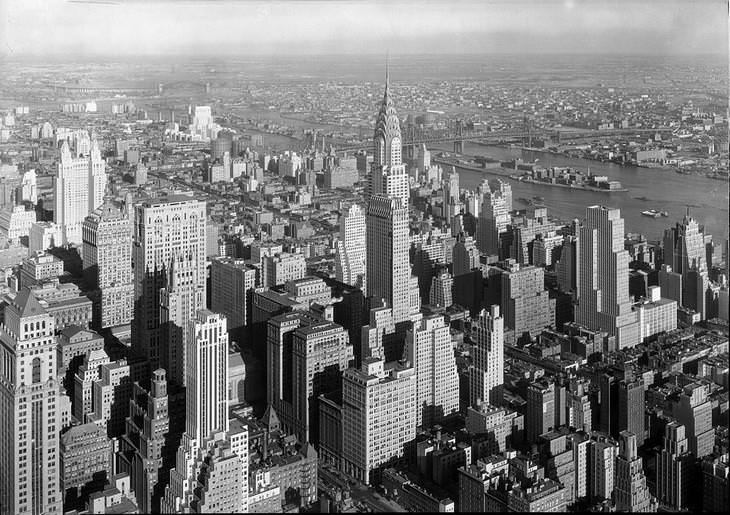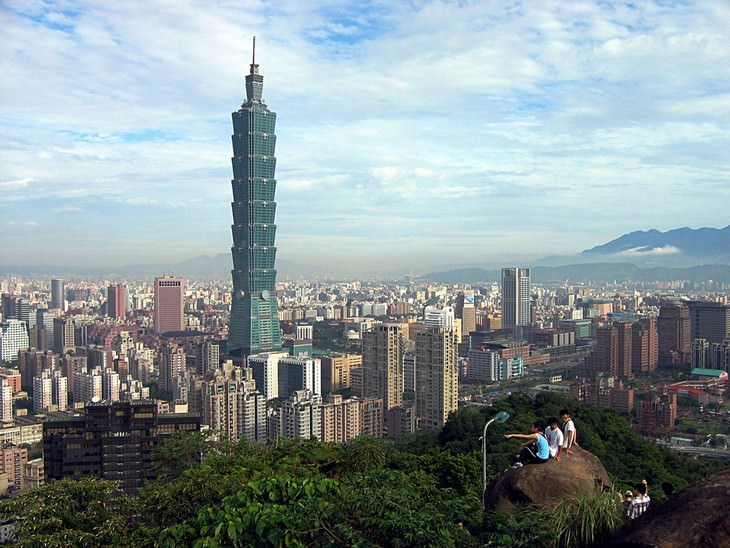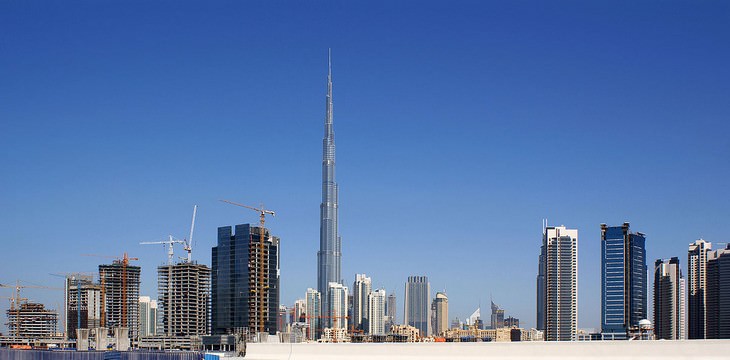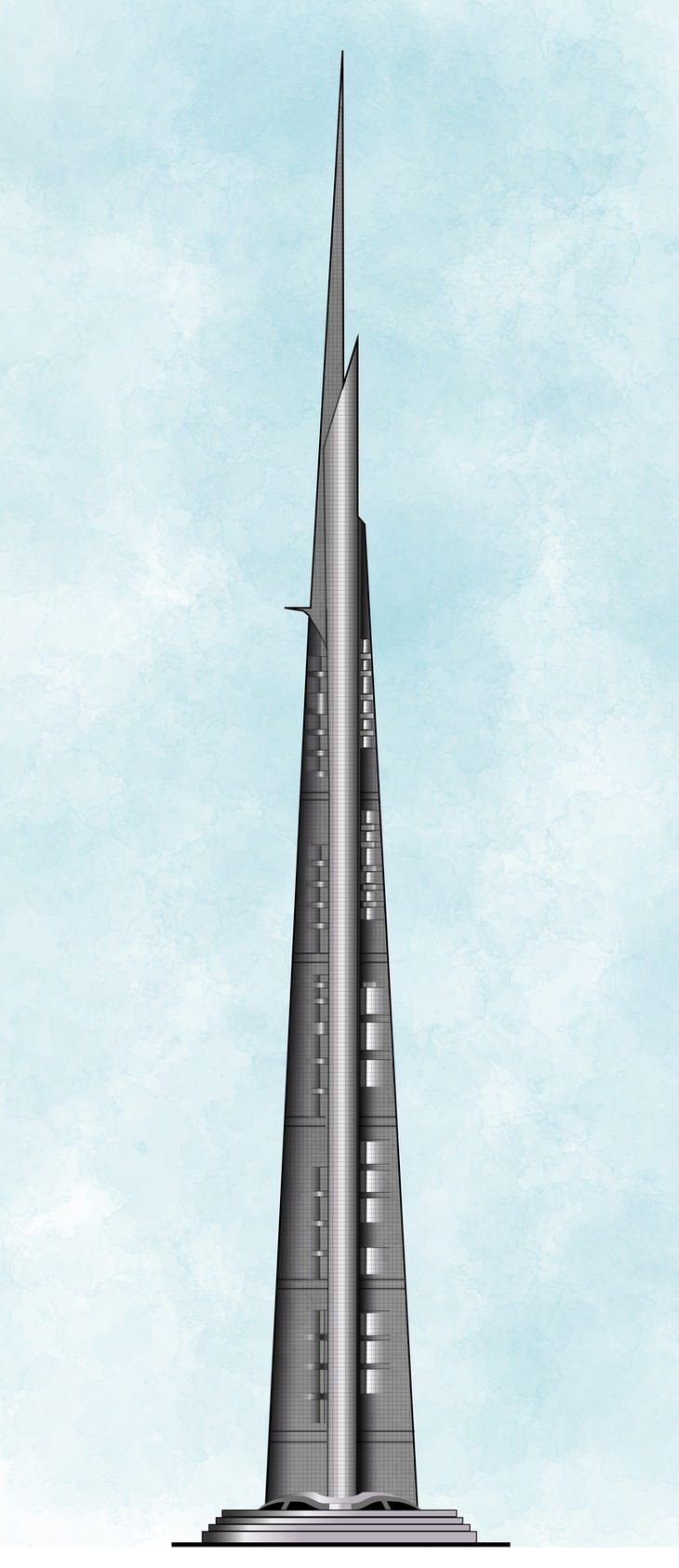
In this post, we are going to look at just what the problems that face skyscraper building are, and how these issues are being overcome.
However, not all buildings use the same solution. The current world record holder, Burj Khalifa, Dubai, is instead constructed so that no vortices can occur. Because the structure is not built uniformly, air flow is disrupted in such a way that no eddies or vortices can become organized enough to make a difference.
The building has a Y-shape plan, with each higher tier slightly rotated from the lower one, making a spiral effect. Each floor is also smaller than the previous one. Countless computer models and tunnel tests were conducted to examine the consequences of the aerodynamic principles involved.
So, thanks to clever engineers' better understanding of aerodynamic physics, and the prestige to be gained from creating the tallest skyscraper, many new record breakers are currently in the works. For example, Jeddah Tower in Saudi Arabia is set to be the first skyscraper to be raised 1 km into the sky.
Just imagine the incredible views from future buildings like this! But try not to worry about the wind so much.
BONUS: How to Build Higher and Higher
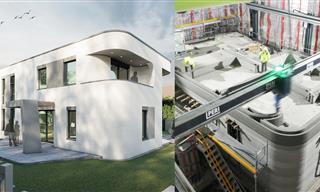 9:34
9:34
This 3D Printed House Is a Scientific Breakthrough!
This 3D printed residential building in Germany may be the beginning of a construction revolution.
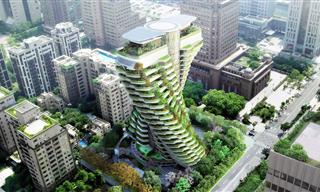 17:12
17:12
These Unique Buildings Have Some Bizarre Architecture
The beautifully weird architecture of these impressive buildings is sure to captivate you
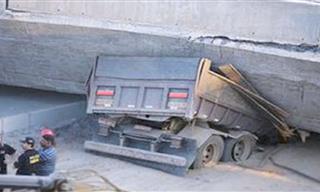 21:46
21:46
These Engineers Had Just One Job and They Botched It Up
Let's take a look at some of the worst architectural fails in the world.
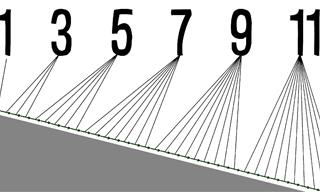 22:07
22:07
Fascinating Science: The Odd Number Rule
the odd number rule repeats in nature. Watch this video to learn all about it.
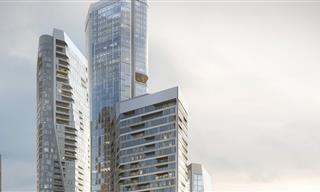 10:07
10:07
Welcome to Europe's Skyscraper Capital
This German city has the highest number of skyscrapers in all of Europe, and it's not Berlin!
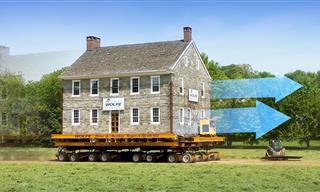 5:21
5:21
Why Demolish a Building If You Can Move It?
The engineering that goes into moving an entire building instead of rebuilding it from scratch is most impressive.
 6:31
6:31
The Psychology Behind Why Some People Are Habitually Late
Now we finally know why some people are habitually late.
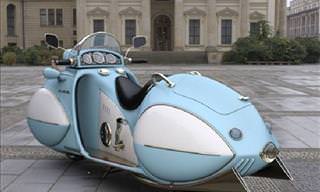
25 Pics Showing How People in the Past Imagined the Future
Let’s see how the people of the past imagined the future and find out if their fun predictions came true with these 25 vintage pictures

10 Unanswered Mysteries You've Always Wondered About!
You might not have thought about the most curious cases of the bizarre things that we encounter every day.
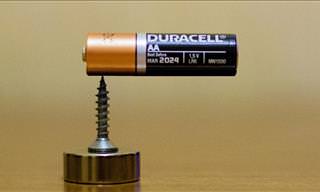 3:28
3:28
Did You Know That Batteries and Magnets Can Make Magic?
Here are some cool magic tricks you can try at home using only a few magnets, batteries and other household items. Watch carefully as the magician puts together a completely self-reliant motor

When Under a Microscope, Even Ordinary Things Seem Alien
Have you ever given any thought to what every day things look like under a microscope? Some of these images are truly beautiful - see for yourself in the images below.
 4:51
4:51
The Oldest Medicines That Have Stood the Test of Time
Learn about some fascinating old medicine and general healing practices that have survived for thousands of years.

Scientists Develop Wrap That Determines if Food is Spoiled
Scientists at MIT have developed a biodegradable plastic-like wrap that changes color when food goes bad. Find out more…

Guide: All About the Gut-Brain Connection in Your Body
it's becoming increasingly clear just how influential our tiny gut microbes are in shaping our mood and even our overall health.

Science Breakthrough: An Immunization Against Skin Cancer?
This scientific breakthrough offers hope for those who are struggling with skin cancer. You are now invited to discover more about this revolutionary vaccine.
 23:26
23:26
Incredible: This Man Got the First Double-Arm Transplant
Felix Gretarsson got burned in both arms and needed the new ones. For that purpose, he went through history's FIRST 2-arm transplant.

INTERACTIVE: How Personal Items Have Changed Over Time
Some of you will be old enough to remember what many of today's objects used to look like. Here are 20 such objects. Click to see them as they used to be.

Do You Have One Of These RARE Genetic Traits?
How unique are you? You might have several rare genetic traits that make you unlike most of the world's population!

Study Claims: Link Found Between Cats and Alzheimer's
Recent research has brought into focus a potentially unsettling link for cat lovers: owning a feline may increase the risk of developing schizophrenia-related disorders.

Study Says: With Age, Come Certain Cognitive Abilities
a study published in August 2021 in the journal *Nature Human Behavior reveals surprising findings that challenge this assumption and may be of great interest to all of us.

The Difference Between Mined and Lab-Created Diamonds
If you're seriously considering buying a loved one a diamond, then we highly recommend that you read this informative guide first!
 54:17
54:17
Science Philosophy: What is the TRUE Nature of Time?
Join us as we journey through theories, discussions, and insights that challenge our perceptions and broaden our understanding of time itself.

2023 in Science: Biggest Discoveries You Missed!
Let’s take a look at the most amazing scientific discoveries that made news this year.

10 Real-Life Technologies That Science Fiction Foretold
Sometimes even the wildest science-fiction predictions about the future come true.

New Study: A Pill that Works Out Your Muscles?!?
New study shows that, though we are not there yet, a pill can and probably WILL come out that works out the muscles and grows them.
 5:50
5:50
The Rise of the Machines: Can Humanoid Robots Help Us?
Will humanoid robots change the way we work forever?
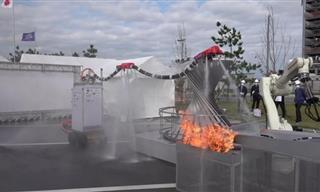
Scientists Develop 'Flying Dragon' Robot to Fight Fires
Scientists in Japan have created a water-spitting 'flying dragon' robot to fight fires.

Can One Photo Really Tell How Good Your Eyesight Is?
Scientists say that this single photograph can tell you whether you have good vision or not. Who can you see in the image?

17 Incredible Eye Facts You Have To See To Believe
They say the eyes are the window to the soul, and they also happen to be our windows to the world. Here are 17 insanely fascinating facts about eyes.
 4:13
4:13
What Does Medicine ACTUALLY Do In the Body? Fascinating.
What really happens in our bodies when we take medicine, have you ever wondered? This video will answer your question.

26 Incredible Facts About the Human Mind
The human brain is an interesting and powerful organ, which is why we've gathered 26 interesting facts about exactly how human psychology works.

You Won't Believe That These Things Exist in Japan...
If there's one place on this planet that well and truly at the forefront of modern technology, it has got to be Japan, as these inventions prove...
 7:21
7:21
Science: 20 Mechanical Principles Demonstrated Using Lego
In this video, we'll explore a variety of fascinating mechanical mechanisms, all demonstrated using Lego models.

How Your Eye Came to Be the Color It Is...
Why do we have different-colored eyes, and what does it mean?
 19:05
19:05
What’s it Like Using a 115-Inch TV?!
This colossal 115-Inch TV will transform your viewing experience forever.
 15:55
15:55
This Incredible Documentary Takes You Into the Human Body
A beautiful and graphically advanced animation sheds light on the mysteries of the human body.

New Study: Are Dogs Even More Intelligent than We Thought?
New study sheds more light on canine intelligence, making some fascinating discoveries.
 14:49
14:49
This Man Built an Automatic Train System for Trash Cans!
Wouldn’t it be cool if a robot picked up and moved our garbage out for pickup with the push of a button?

7 Little-Known Body Parts We Never Knew About
Here's a look at some of the weird and little-known body parts that you didn’t know you had.
 5:39
5:39
Why Are Your Ears Ringing? The Causes Explained
Nearly 15% of the human population worldwide are plagued by this strange sensation, but most people don't know the causes behind ringing in the ears...
 8:28
8:28
Could These Signals Be A Sign of Extraterrestrial Life?
Scientists have recently picked up on a mysterious radio signal from space, and it could mean a lot - maybe even a sign from extraterrestrial life forms.
 30:04
30:04
50 Crazy But True Facts About Dreams You Need to Know
Here are some strange and unusual facts about dreams that will surprise you.

These Optical Illusions Will Shock Your Mind!
Optical illusions create miscommunication between our eyes and brain making, us see things that are not really there or not see things that are right in front of us. See for yourself.
 6:47
6:47
7 Exciting Physics Tricks You Have to See!
Watch these seven remarkable physics tricks in this exciting and fun video.
 3:50
3:50
Do You Know What Alzheimer's Really Is?
This video will shed light on the different stages of this complex and incredibly destructive disease.

PayPal Versus Credit Cards: Here's the Lowdown!
Just how safe is PayPal? Should you have a PayPal account or should you pay for all online purchases using a credit card? All is revealed here!

14 Retro Inventions That Stunned Crowds Back in the Day
These inventions were the talk of the town back in the day.



